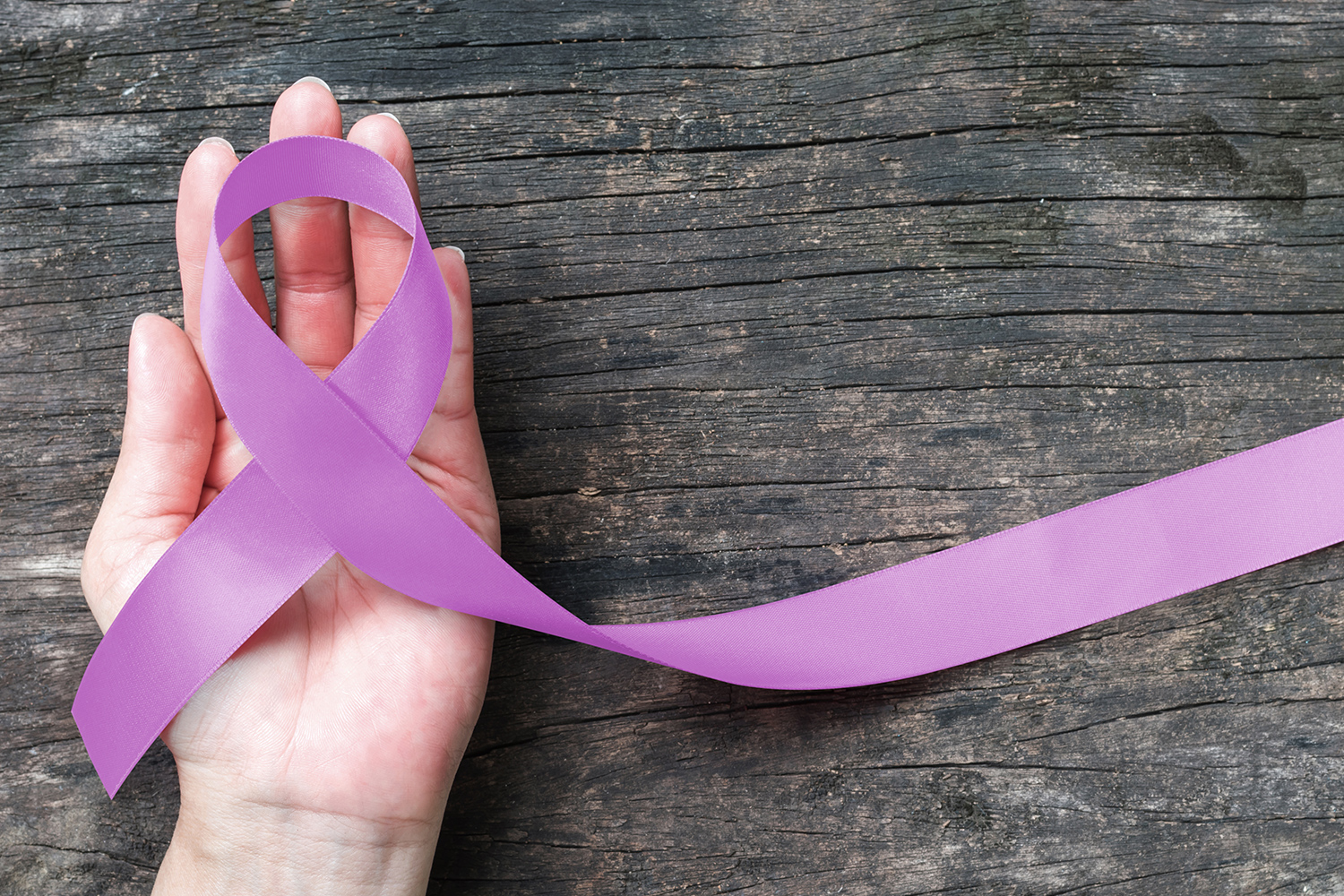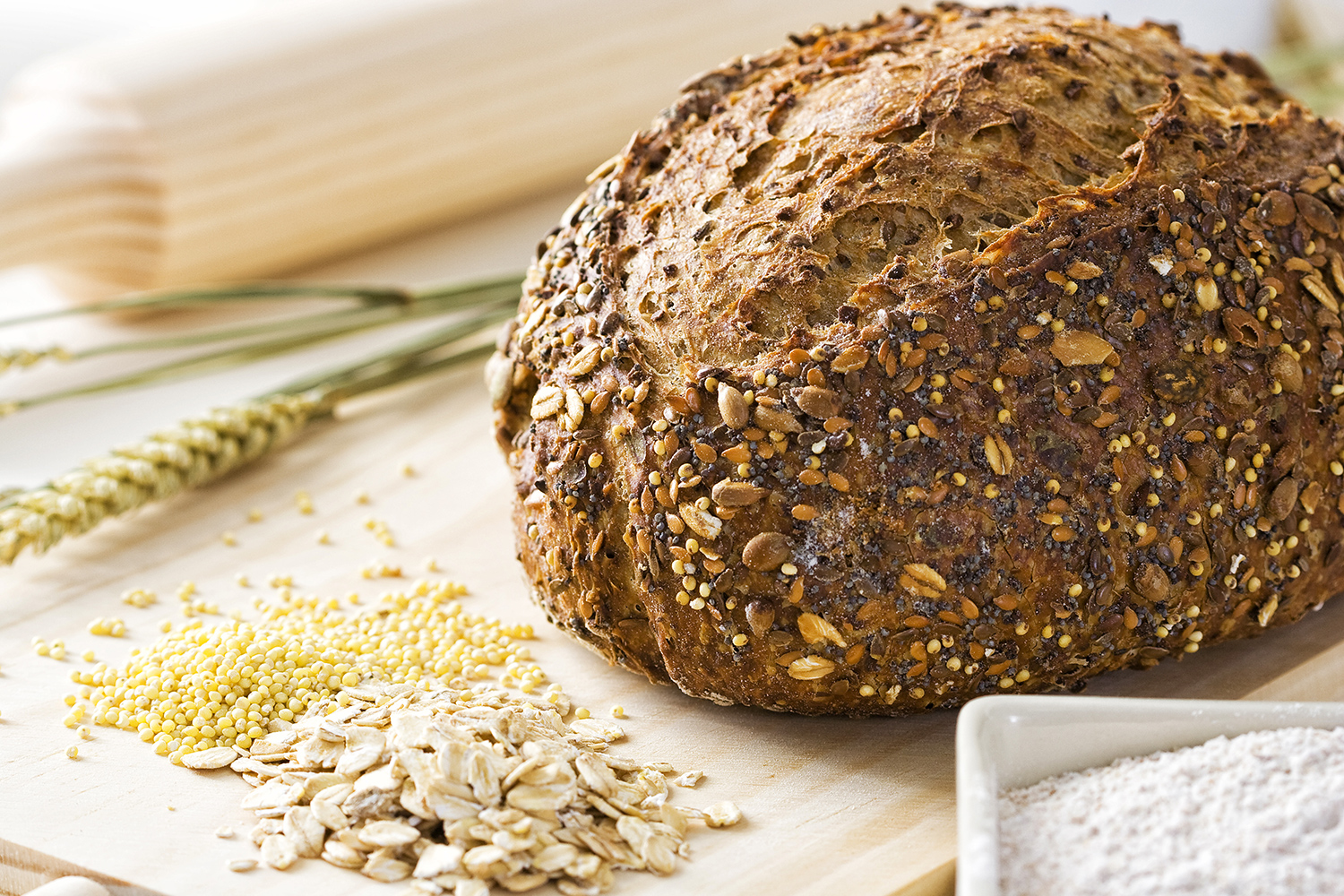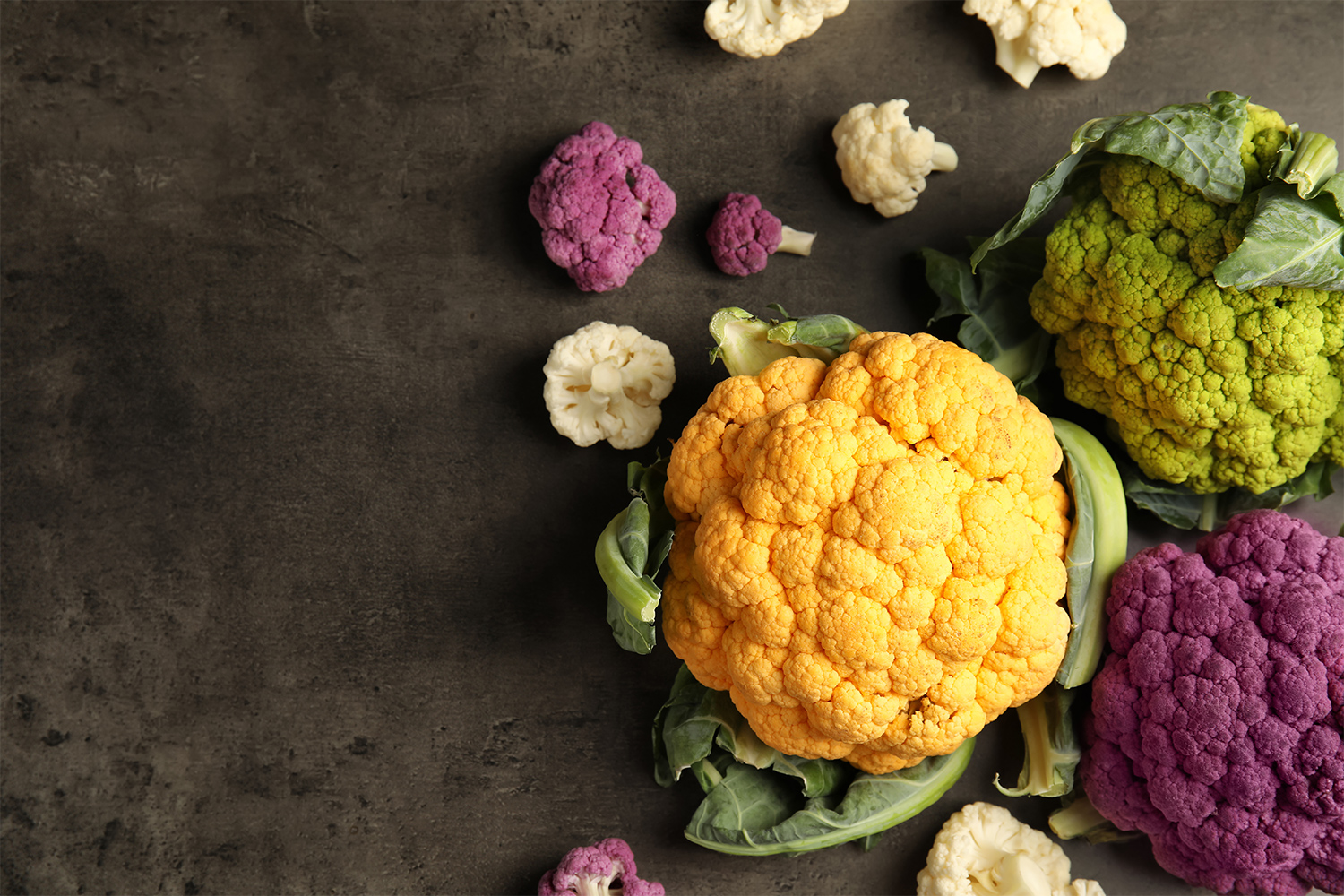February 4th is World Cancer Day, a day dedicated to raising awareness about cancer and for sharing resources to aid prevention, detection, and treatment.
We have likely all been touched by cancer in some way, either knowing someone who has faced it or learning it was our own burden. Either way, we’ve learned that cancer does not discriminate. It challenges bodies regardless of age, gender, race, or creed.
Because we care about total body wellness, today we aim to educate by sharing what you can do to minimize your risk of developing cancer.
Types of Cancer
There are numerous types of cancer, many of them falling into one of 5 categories: Carcinoma, sarcoma, melanoma, lymphoma, or leukemia.1 Carcinoma is the most common. Within this category are the cancers of the breast, lungs, prostate, thyroid, and kidney, to name a few.1 Sarcoma is the least common and is classified as either affecting the bone or soft tissue. The parts of the body affected by sarcoma are usually the fat, muscle, and blood vessels.1 Melanoma only shows up on your skin, so it’s typically the easiest to spot. This is what we commonly call skin-cancer.1 Leukemia and Lymphoma are both cancers of the blood. Lymphoma creates solid masses, but Leukemia does not. Leukemia also affects a person’s bone marrow.1
Risk Factors
Each type of cancer has its own risk factors, or things that increase a person’s chances of getting that specific cancer. For example, significant sun exposure is known to increase the risk of skin cancer. Some risk factors are generally known to increase risk regardless of cancer type. Some of them are within your control and others are not. The official website of World Cancer Day identifies factors that fall into each category. For example, a few of the modifiable risk factors include:
- Alcohol consumption
- Using tobacco
- Being overweight
- Inadequate nutrition
- Little or no exercise
Factors you can’t control, or non-modifiable risk factors, include:
- Age
- Genetics
- Having a weakened immune system
- Exposure to carcinogens that cause genetic alterations
The presence of these factors does not automatically endanger you and their absence does not guarantee you’ll never be at risk. However, it’s good to know that there are plenty of factors that are within your power to control. Let’s investigate a couple of them a bit more thoroughly.
How to Minimize Your Risk

Reduce Alcohol Consumption
There are a couple of reasons why the body struggles with alcohol. Even if your tolerance is high, the process your body goes through to metabolize the alcohol is the same.
As your body digests the alcohol, it breaks down the ethanol in your drinks to acetaldehyde. This is toxic and can damage DNA and proteins; this is why it’s considered a probable carcinogen.2 Alcohol also impairs the body’s ability to metabolize and absorb good nutrients like vitamins A, B, C, D, E, and carotenoids.2 These are also the same nutrients that would actually help protect the body from cancer.
Current guidelines recommend the following in terms of how much alcohol is okay before you begin to increase your risk of cancer: No more than 1 drink per day for women, and no more than 2 drinks per day for men.3 Some studies, however, suspect that the safer number should be 1 per day regardless of gender.3
| >> To minimize your risk, limit your consumption to no more than 1 drink per day for women and no more than 2 drinks per day for men. |

Eat a Healthy Diet
Experts suggest that your nutrition plays a big role in your cancer risk. Diets high in red meats, processed meats, and heavily salted foods, that are also low in fruits and vegetables, increase the risk of cancer.4 This is because the method of preparing red or processed meats may affect the chemical composition and also the nutritional value.5 The Mayo Clinic recommends a diet based in foods from plant sources; for example, fruits, vegetables, whole grains, legumes, and nuts.6
The Mediterranean diet is one such diet. Especially if supplemented with extra-virgin olive oil and mixed nuts, this model of eating may reduce the risk of breast cancer in women.6 Healthy fats, like olive oil instead of butter and fish instead of red meat, are also a major distinction.6
| >> To minimize your risk, adopt a diet based in foods from plant sources and reduce intake of red and processed meats and salt preserved foods. |

Exercise Regularly
Regular exercise is not just important for warding off cancer, it also protects you from cardiovascular disease, stroke, diabetes, obesity, depression, and promotes bone health.7 In terms of how it protects you from developing cancer, studies show that aerobic exercise can help improve DNA repair mechanisms in humans.7 If you recall, DNA damage is one potential side-effect of drinking alcohol.
Another major benefit is that regular exercise can reduce body fat as well as the risk for obesity, both of which are linked to various types of cancer.7
| >> To minimize your risk, move away from a sedentary lifestyle and move towards regular physical activity. |
There are countless online resources to help you make educated choices, identify potential warning signs, and to help you choose and fund the right care. Some include sites like World Cancer Day, the American Cancer Society and Cancer.Net.
To read more health-related articles, check out our post on Family Health History or our post on Health Literacy and Why It’s Important. For more articles from the Lifestyle blog, subscribe to our newsletter today!
Sources:
- Donvito, Tina. “How Many Types of Cancers Are There?” Reader’s Digest, 23 Apr. 2019, https://www.rd.com/health/conditions/types-of-cancer/
- “Alcohol and Cancer Risk Fact Sheet.” National Cancer Institute, 13 Sept. 2018, https://www.cancer.gov/about-cancer/causes-prevention/risk/alcohol/alcohol-fact-sheet
- Aubrey, Allison. “Drinking Alcohol Can Raise Cancer Risk. How Much Is Too Much?” NPR, NPR, 19 June 2018, https://www.npr.org/sections/thesalt/2018/06/19/621547571/drinking-alcohol-can-raise-cancer-risk-how-much-is-too-much
- “What Is Cancer?: World Cancer Day.” What Is Cancer? | World Cancer Day, https://www.worldcancerday.org/what-cancer#typesofcancers
- “Meat, Fish & Dairy.” World Cancer Research Fund, 24 May 2018, https://www.wcrf.org/dietandcancer/exposures/meat-fish-dairy
- “7 Healthy Habits That Can Reduce Your Risk of Cancer.” Mayo Clinic, Mayo Foundation for Medical Education and Research, 28 Nov. 2018, https://www.mayoclinic.org/healthy-lifestyle/adult-health/in-depth/cancer-prevention/art-20044816
- “Physical Activity.” World Cancer Research Fund, 23 May 2018, https://www.wcrf.org/dietandcancer/exposures/physical-activity









